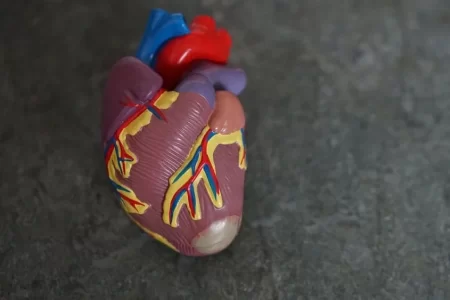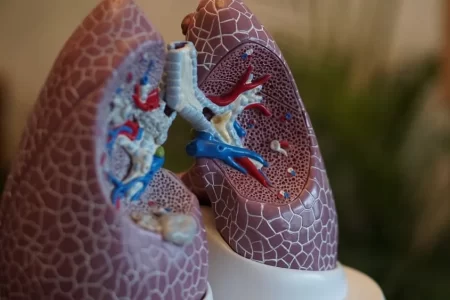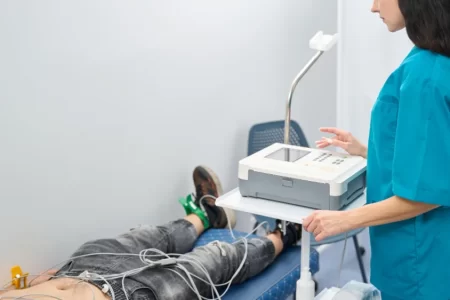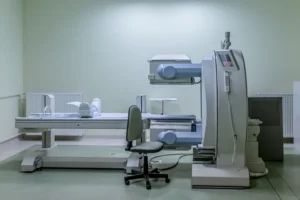ICD-10 Code for Gout Diagnosis and Management
- Updated on: Feb 29, 2024
- 4 min Read
- Published on Sep 5, 2023
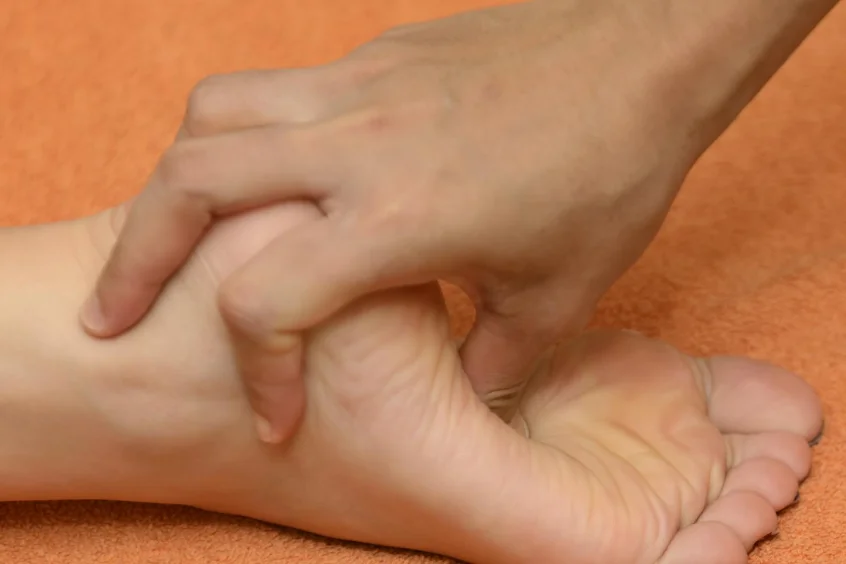
Understanding Gout: A Brief Overview
Gout is a kind of arthritis that develops when urate crystals build up in the joints, causing excruciating pain and swelling. Although it can affect other joints throughout the body, it predominantly impacts the big toe joints. Despite the fact that gout has been known for centuries, the use of contemporary medical coding, such as ICD-10, has completely changed how this ailment is identified and handled.
The Significance of ICD-10 in Gout Management
ICD-10, which is supported by the World Health Organization (WHO), acts as a common language for insurers and healthcare providers. Giving each diagnosis a unique set of alphanumeric codes makes it possible to accurately document medical disorders like gout. The communication between healthcare providers is streamlined by this standardized method, which also guarantees that everyone involved is aware of the patient’s status.
ICD-10 Code for Gout: A Detailed Breakdown
In the realm of gout, the ICD-10 code plays a pivotal role in diagnosis and treatment. The specific code assigned to gout is M10, followed by additional characters that provide more details. For instance, M10.9 represents gout, unspecified, while M10.0 corresponds to primary gout. This level of granularity allows healthcare providers to precisely pinpoint the nature of the patient’s condition, facilitating tailored treatment plans.
Streamlining Diagnosis and Treatment
The use of ICD-10 codes in gout management offers several key benefits:
- Accurate Diagnosis: With ICD-10 coding, healthcare professionals can accurately diagnose gout, distinguishing it from other forms of arthritis. This precision is vital for choosing the most effective treatment strategies.
- Tailored Treatment Plans: Each subtype of gout is associated with a unique code, ensuring that treatment plans are tailored to the specific presentation of the condition. This targeted approach enhances patient outcomes.
- Insurance Reimbursement: ICD-10 codes are essential for insurance claims. Proper coding ensures that healthcare providers receive reimbursement for their services, reducing financial strain on patients.
The Role of ICD-10 in Research and Public Health
Beyond individual patient care, ICD-10 codes are invaluable for research and public health initiatives. These codes enable the collection of comprehensive data on gout prevalence, treatment efficacy, and risk factors. This wealth of information contributes to the development of evidence-based guidelines and informs public health strategies aimed at reducing the burden of gout on society.
Navigating the Complexity of ICD-10 Coding
While ICD-10 coding for gout offers immense advantages, it’s important to acknowledge that mastering this system can be complex. Healthcare professionals must stay updated with regular revisions and additions to the code set. Additionally, coding errors can lead to misdiagnosis or denied insurance claims, underscoring the importance of training and accuracy in this process.
Benefits of ICD-10 Over ICD-9
The advantages of ICD-10 over its predecessor are evident in gout diagnosis and management:
Enhanced Specificity: ICD-10 codes provide a higher level of specificity, enabling healthcare providers to pinpoint the exact nature of the patient’s condition. This precision is invaluable in distinguishing gout from other arthritic conditions and tailoring treatment plans accordingly.
Improved Data Collection: ICD-10’s detailed coding system facilitates more accurate data collection for research purposes. Researchers can analyze gout cases with greater precision, leading to a better understanding of the disease and its trends.
Enhanced Billing Accuracy: ICD-10’s specificity also benefits the financial aspect of healthcare. Proper coding reduces the likelihood of denied insurance claims, ensuring that healthcare providers are adequately reimbursed for their services.
The Gout Landscape: Prevalence and Impact
To truly appreciate the importance of ICD-10 coding in gout management, it’s essential to understand the prevalence and impact of this condition on patients and society as a whole.
Gout Prevalence
Gout is not a rare condition. In fact, it affects millions of people worldwide. Its prevalence has been on the rise, partly due to lifestyle factors such as diet and obesity. Understanding the true scope of gout’s prevalence is crucial for healthcare planning and resource allocation.
Economic Burden
Gout isn’t just a medical concern; it also carries a substantial economic burden. The cost of treating gout, including medications, hospitalizations, and lost productivity, is significant. Properly coding gout with ICD-10 ensures that healthcare providers can accurately capture the financial impact of this condition.
Best Practices for ICD-10 Coding in Gout
As we’ve established, ICD-10 coding is a critical component of gout diagnosis and management. To ensure its effective use, healthcare professionals should adhere to best practices:
- Regular Training and Education: Given the complexity of ICD-10, healthcare providers should invest in ongoing training and education for their coding staff. This helps them stay updated with revisions and ensures accurate coding.
- Detailed Documentation: Accurate coding starts with detailed documentation of the patient’s condition. Healthcare professionals should include all relevant information to support the chosen ICD-10 code.
- Double-Check for Accuracy: Before submitting claims or records, it’s essential to double-check the accuracy of the assigned ICD-10 codes. Coding errors can lead to delays in reimbursement and potential misdiagnoses.
Conclusion
In conclusion, the ICD-10 code for gout is an important tool that enables medical professionals to correctly diagnose and treat this crippling ailment. It is an essential part of contemporary healthcare due to its accuracy, adaptability, and contribution to research. Healthcare workers may deliver the best treatment, improving patient outcomes and contributing to a healthy society, by knowing the importance of ICD-10 classification in gout management.





